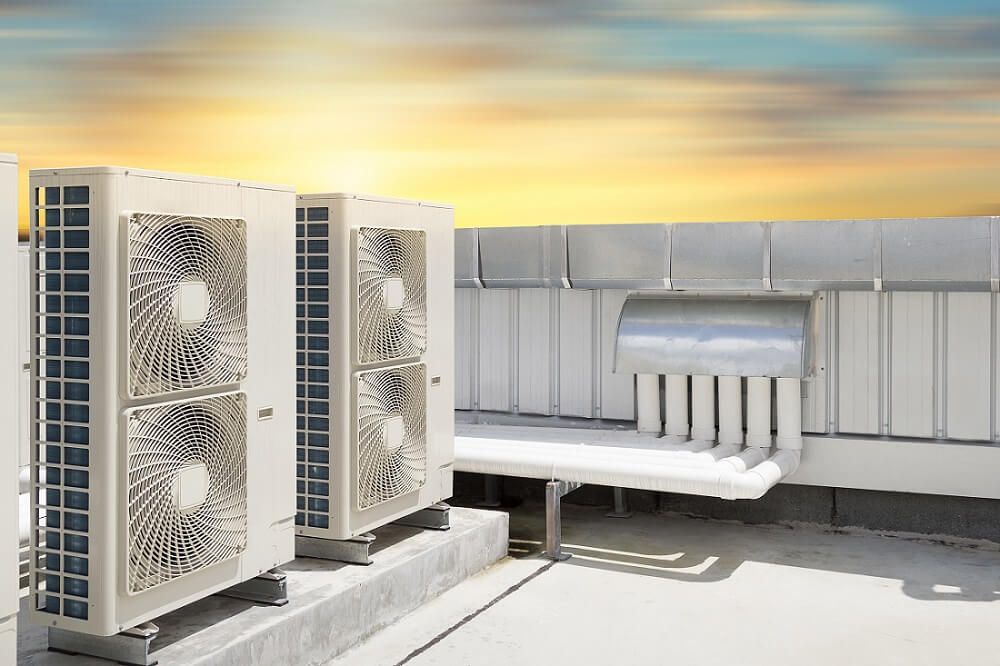Top 3 Air Conditioning Systems

There are a number of home air conditioning systems available on the market, ranging from small plug-in units standing on a mount in a window, or on the floor, to large central systems supported by outdoor compressors. No matter what size, style, and shape they take, air conditioning systems have common working elements, including a compressor, a refrigerant, an expansion valve, a condenser, and an evaporator coil. These components work together to transfer moisture and heat from within your home/room/office to the outside.
Types of Air Conditioning System
An air conditioning system represents a sizable investment, so you want to get the best system for your money. But how do you know which one is appropriate for your place? Assessing your AC system size, requirements, high-efficiency features, cost, quality, and all of the other features is enough to make your head spin. We will discuss the top 3 types of air conditioning systems to make it easier for you to choose wisely for your home, family, and wallet.
1) Evaporative Air Conditioner
Evaporative air conditioners are also known as swamp coolers. They are less popular than refrigerant air conditioners, but they are a practical substitute in arid regions with low humidity. They pull fresh outside air through their moist pads, which help cool the air by evaporation. The cooler air is then spread throughout the indoors.
This system resembles the cooled feeling when you get out of the water at the beach or swimming pool in a breeze. An evaporative air conditioner can reduce the outside temperature by almost 30 degrees. They can be cost-effective during summer because a fan is the only element that uses electricity. The technology used in them is simple, and they can cost almost half of the price of a central air conditioner.
2) Split System Air Conditioner
The split system is also known as “mini-split” or “ductless,” is typically seen in homes, hotels, and other multi-unit buildings. This system has become an increasingly popular choice for homes that don’t have a forced-air HVAC system or those with electric heating or hot-water heating. The split systems also include heat pumps and offer both cooling and heating functions.
A split system “splits” the air conditioning system into two units; a condensing unit exists on the exterior of a building and contains a condenser, compressor, and condenser fan. The other unit is the Evaporative unit situated on the inside, and it handles the cooling and distribution of air. This rectangular-shaped unit is mounted high on a wall and includes an expansion valve, a circulation fan, and an evaporative coil. The refrigerant tubing is passed through the wall between the evaporative and condensing units.
3) Ducted Reverse Cycle Air Conditioner
If you are looking for an AC system to make your place cool in summer and warm in winters, then a ducted reverse cycle air conditioner could be the perfect solution. This AC system is the ideal solution for climate control for an entire building and ensures every area maintains the ideal temperature throughout the year. A ducted reverse cycle air conditioner works by reversing the refrigerator cycle, producing heat rather than cooling.
It’s genuinely two systems in one that works in an integrated way. When the AC system is in a cooling mode, it functions as a standard AC, and when you reverse the system, it switches to its heating mode. The inside evaporator coil shifts roles (reverses the cycle), functions as the condenser coil and generates heat. The condenser at the outside also shifts roles and serves as the evaporator by discharging cold air.
Final Thoughts
Now that you know the different types of air conditioners and understand what factors to consider while shopping for an AC system, it’s time to take the leap and purchase the best system for your needs.
